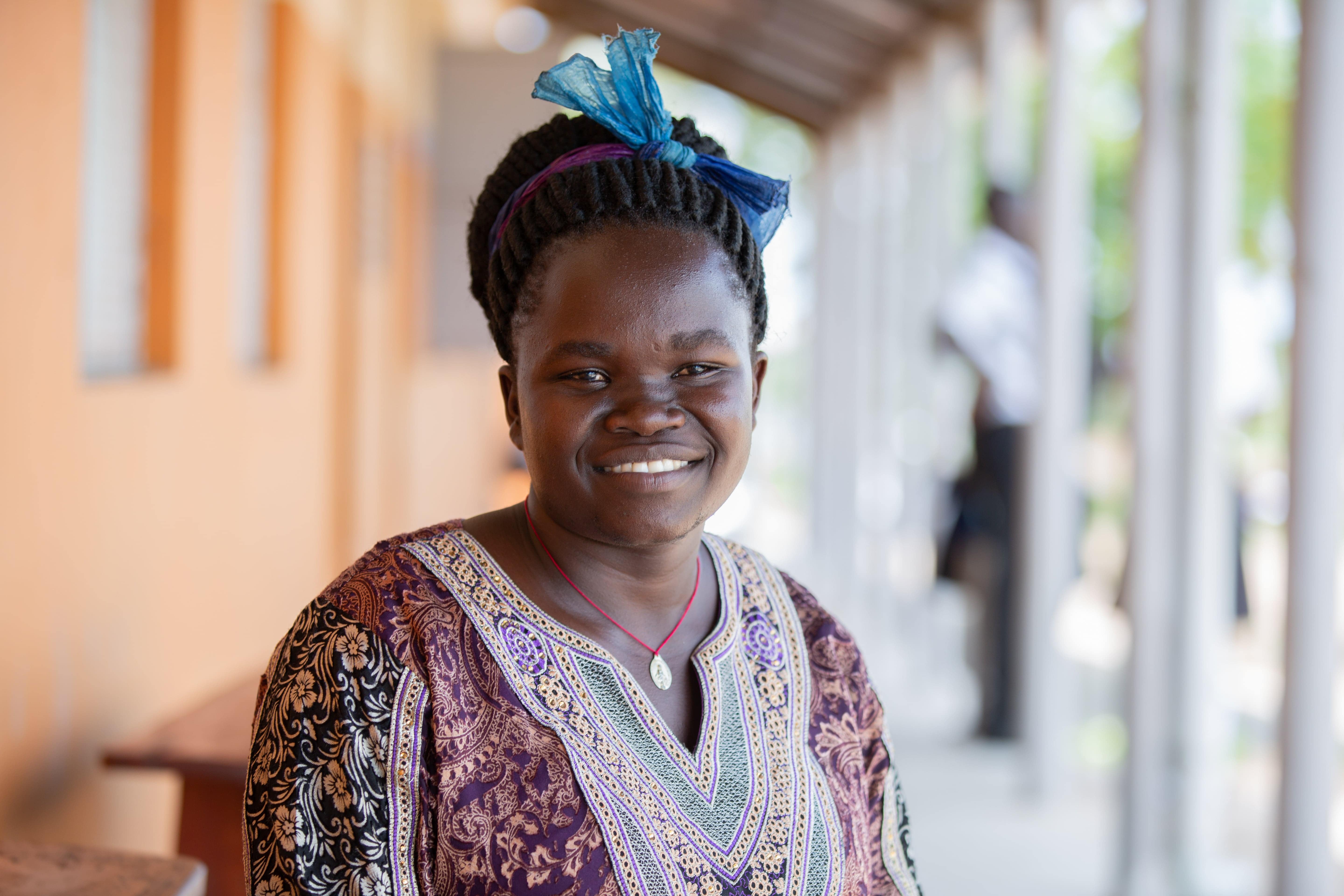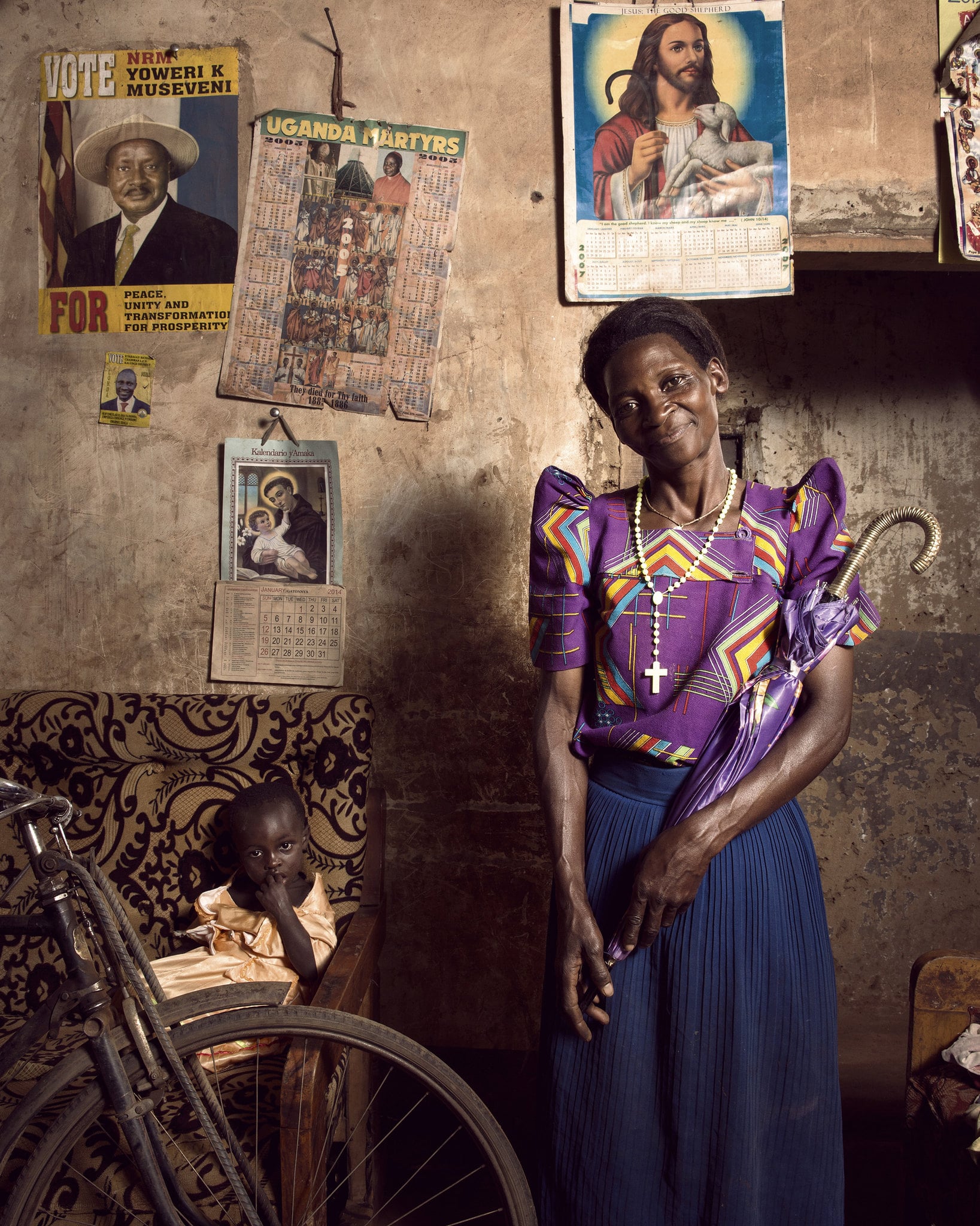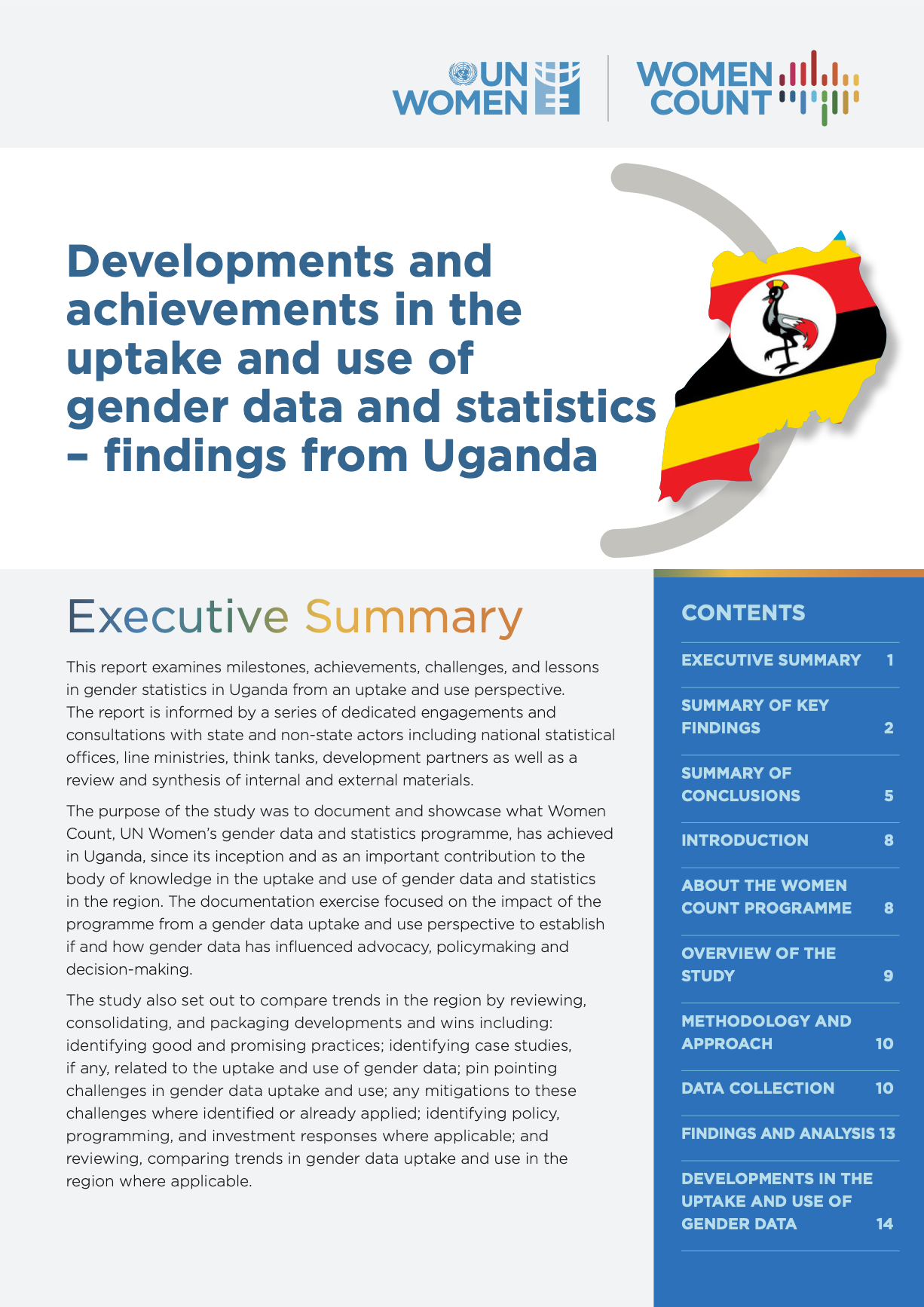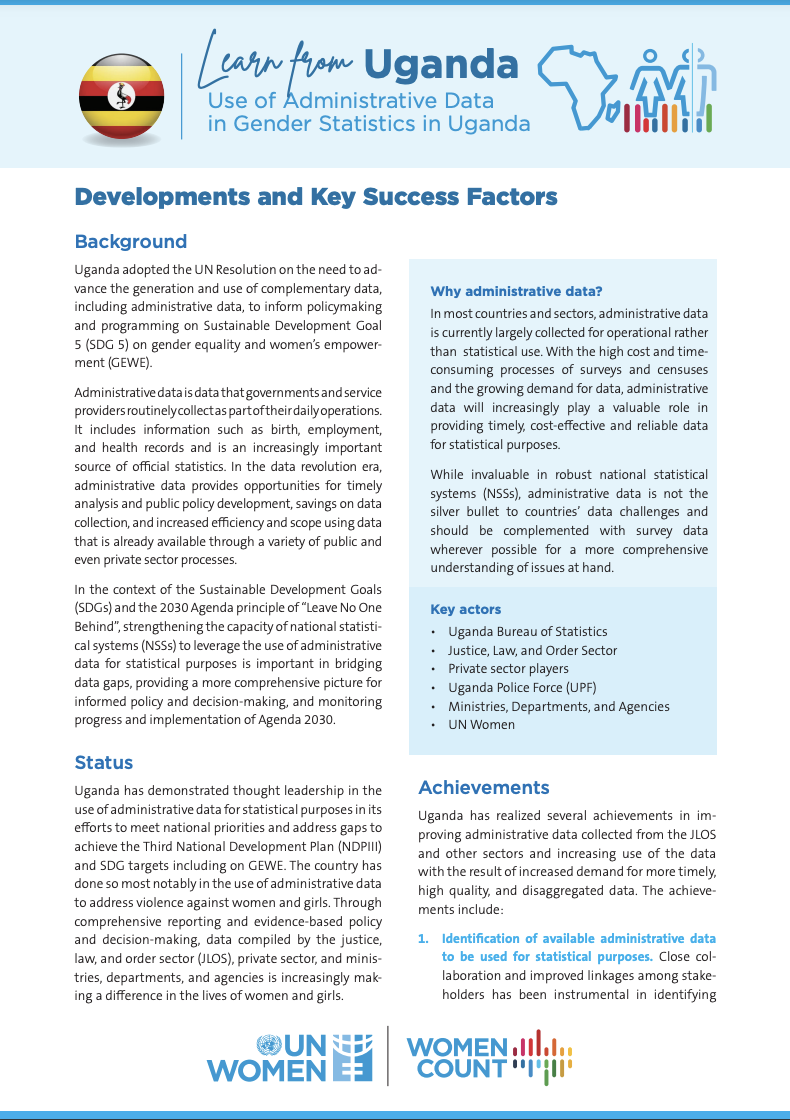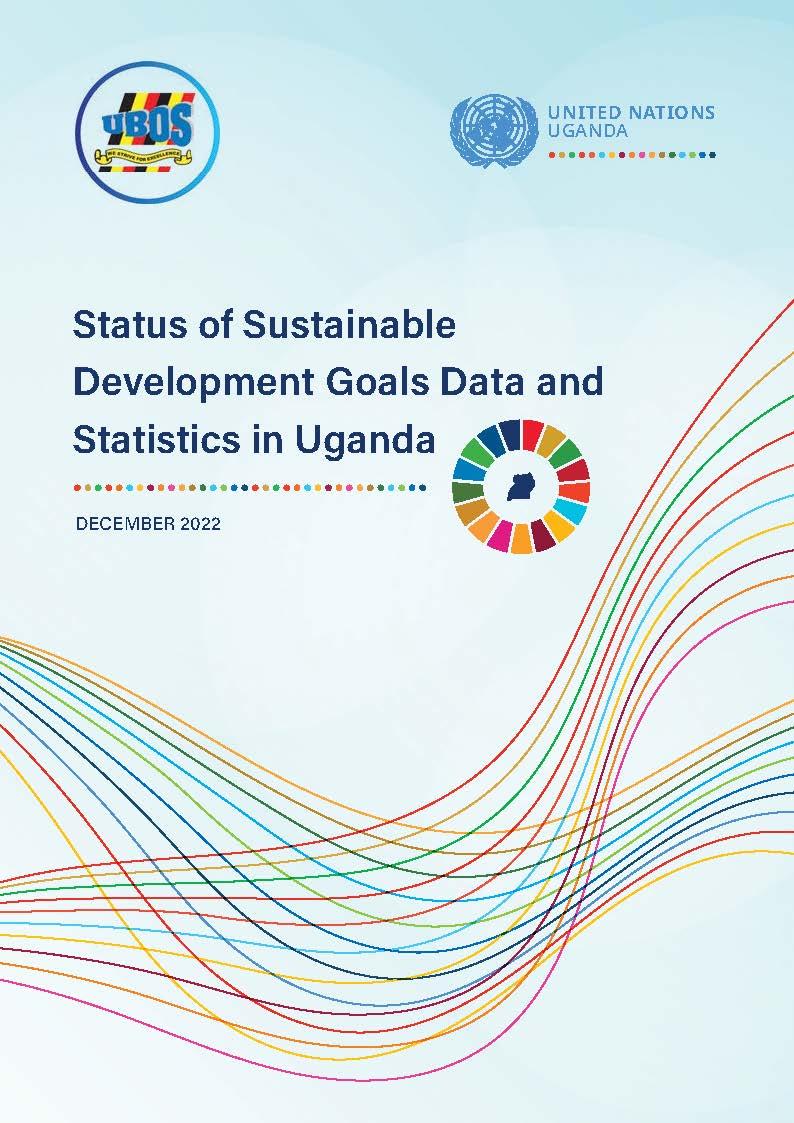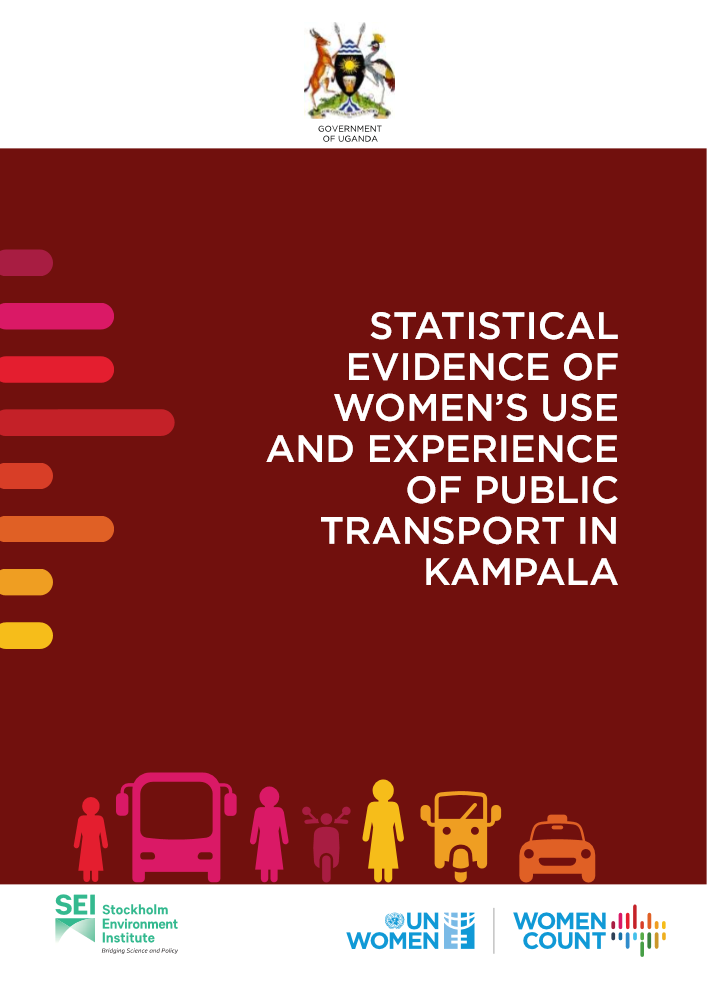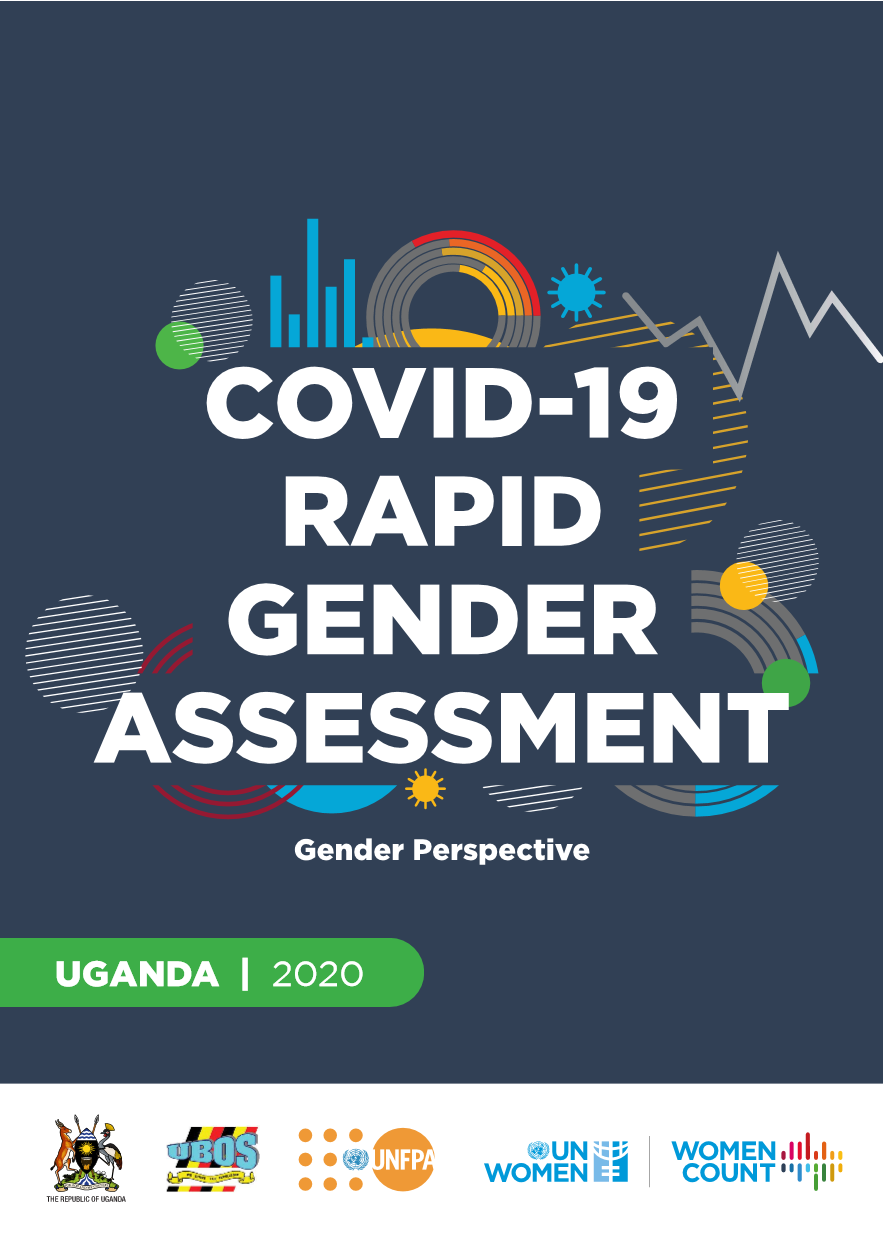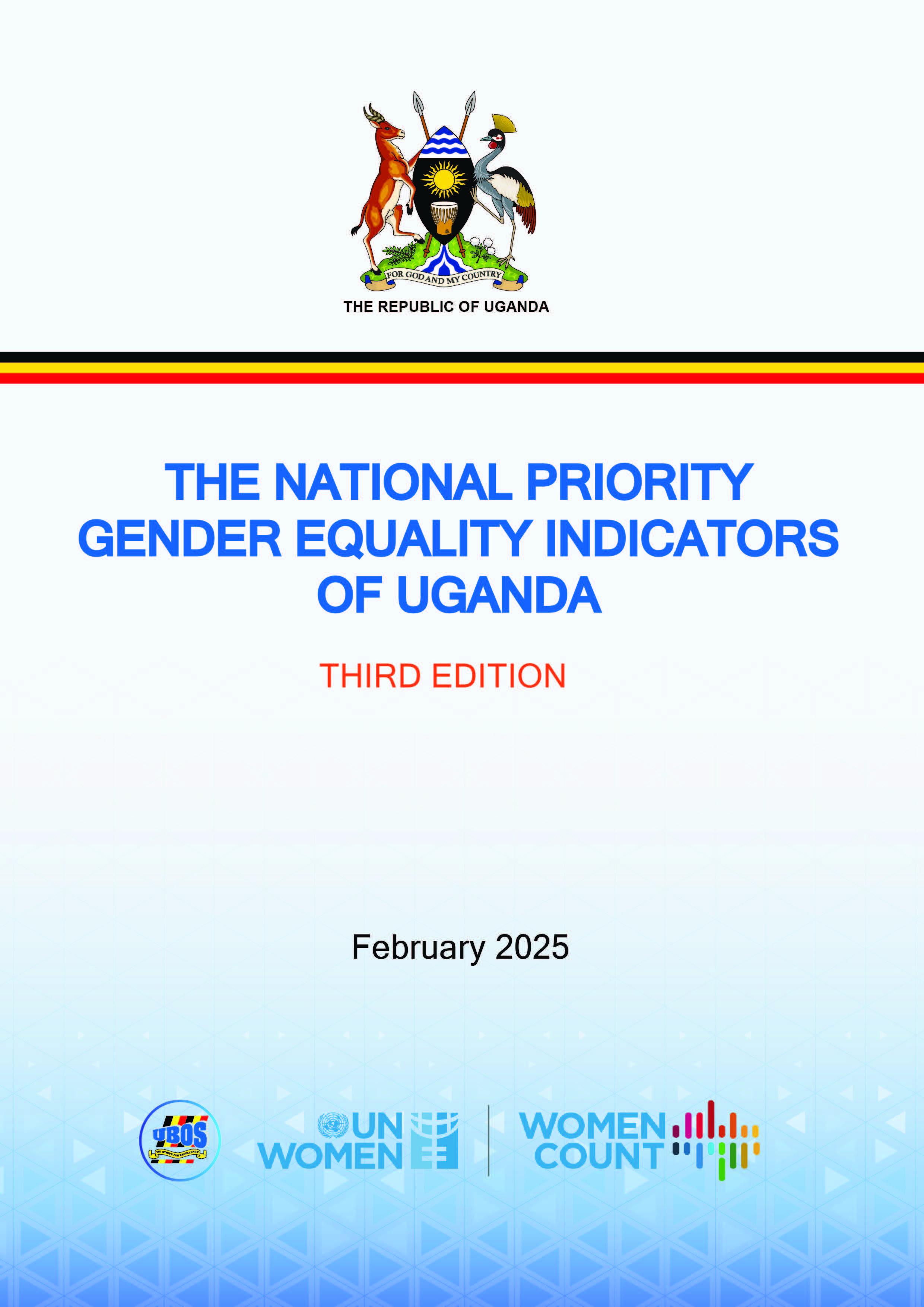
The challenges
Although a stand-alone strategy to produce gender statistics was developed in 2012, it is not yet fully integrated into Uganda’s Plan for National Statistical Development (PNSD). There has been inconsistent and unpredictable financial and technical support for gender data, and the Uganda Bureau of Statistics (UBOS) lacks specialized staff to integrate the gender statistical system, liaise with or validate gender data produced by ministries, departments and agencies.
The Women Count response includes
Addressing gaps in legal frameworks, policies and practices that limit the sustained production and use of gender data at all levels, including revising the Extended PNSD and aligning it with the National Development Plan;
Mainstreaming the endorsed National Priority Gender Equality Indicators (NPGEIs) within the national statistical system and ensuring that relevant indicators are integrated in sector workplans; and
Strengthening the capacity of relevant data-producing entities and supporting coordination between data users and producers.

